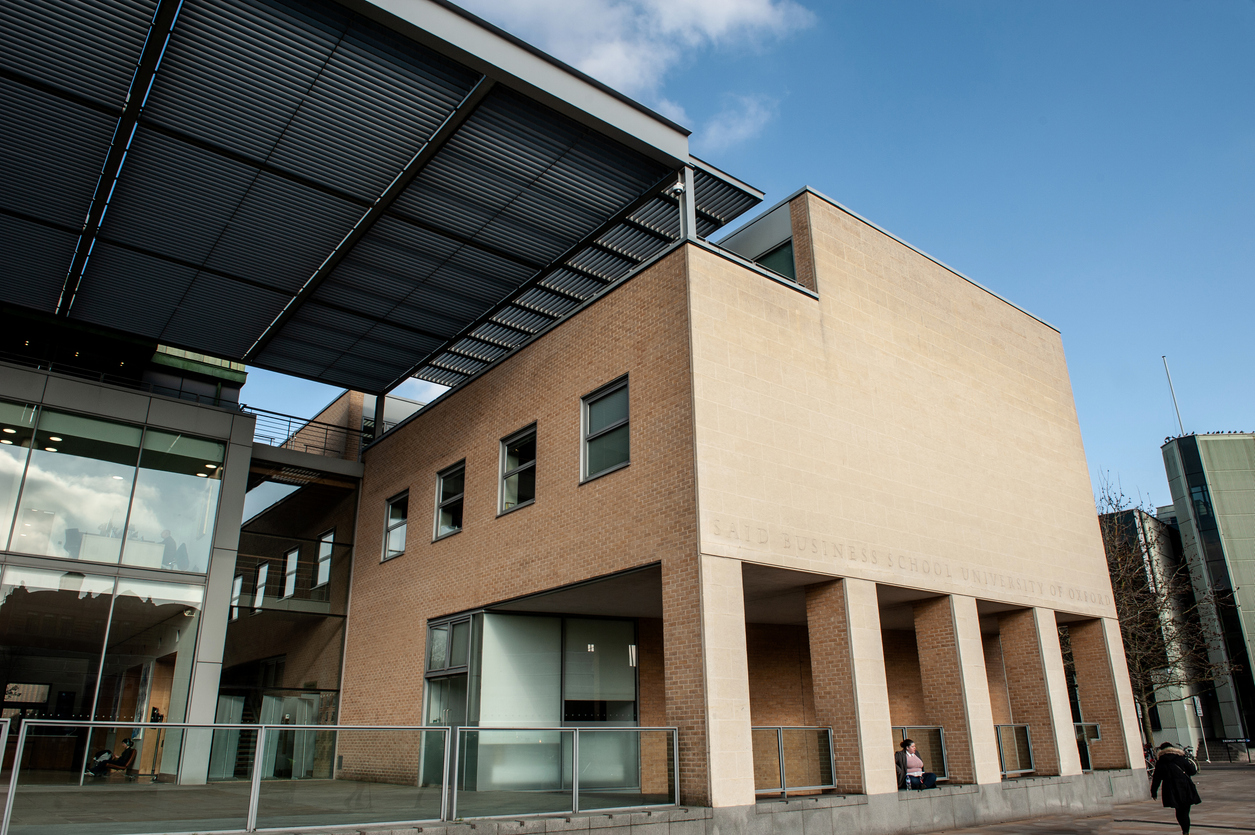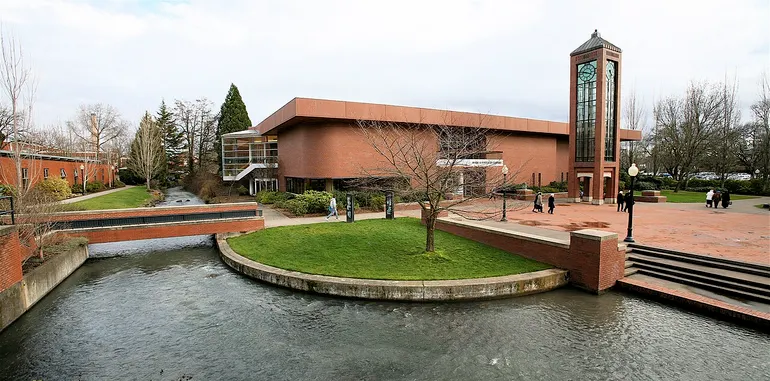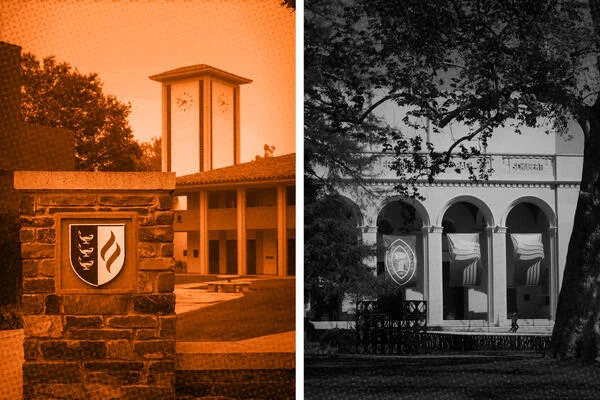This blog was kindly authored by Melissa Bowden, Senior Content Writer and Editor at Kortext.
Artificial intelligence (AI) is no longer a distant concept in higher education. It’s here, and it’s already transforming the way institutions are delivering learning.
At Oxford University’s Saïd Business School, an exciting new pilot is underway: a VLE-integrated AI assistant developed in collaboration with Kortext, Microsoft and Instructure. This initiative is more than a technology trial; it’s a strategic step towards realising Oxford’s ambitious AI vision.
Starting the transformation journey
The University of Oxford is a complex, devolved organisation with 26,500 students and 16,500 staff. The potential applications of AI across this ecosystem are vast – from accelerating research and processing data to enhancing student engagement and streamlining staff workflows. But with so many possibilities, the question is: where do you start?
For Mark Bramwell, Chief Digital & Information Officer at Saïd Business School and Director of Strategic Digital Partnerships at the University of Oxford, one answer lies in the VLE. Integrating an AI assistant into their Canvas instance is a practical first step in a broader digital transformation strategy focused on agility, data and world-leading innovation.
As Mark explains:
AI will be core to our future. We need to equip our faculty, researchers, students and staff with the latest technologies – not just to make them more efficient today, but to also ensure they’re fully prepared with essential skills they’ll need in the workplace.
The power of partnership
Saïd Business School has been working in collaboration with Kortext, Microsoft and Instructure on the Canvas-integrated AI assistant pilot as part of its existing partnership.
When establishing the pilot, there were three non-negotiables for Bramwell. The AI assistant must be seamlessly integrated into a student’s learning journey, use a ring-fenced secure data environment, and be interoperable with existing technologies at Oxford.
With Canvas as the delivery platform, the AI assistant is available to students and faculty within their existing learning environment. All data is stored safely within the university’s domain and tenancy, complying with regulatory requirements. Finally, the pilot builds on Oxford’s long-standing strategic partnership with Microsoft as a natural evolution of its digital ecosystem.
The pilot will span 1,200 students across all degree programmes, alongside faculty and instructional designers. For Bramwell, this project is:
an exciting extension of our digital strategy and AI activities, leveraging the synergies that exist between our three tech collaborators.
Data-driven insights for smarter course design
It’s early days, but the pilot’s outcomes are greatly and positively anticipated. For Bramwell, one of the most beneficial aspects is the AI assistant’s ability to capture granular engagement data.
Which content are students interacting with? Where are they disengaging? These insights can inform continuous improvement in course design and content strategy, enabling faculty to create responsive programmes relevant to student needs. They can also accelerate course development, with staff expertise complemented by AI-enabled tools and recommendations.
Competitive advantage in a global market
Higher education is an increasingly competitive sector, both in the UK and globally. Within this context, one of Saïd Business School’s ambitions is clear: to extend its reach through online learning and deliver an experience that reflects the name, brand and value of the University of Oxford.
For Bramwell, personalised learning, enriched by data and analytics, is central to that differentiation.
Our job is to make every learner better equipped for the world and the future of work than when they joined us.
If we can do that, we’re doing our job.
Looking ahead: the future of AI-enabled education
The vision doesn’t stop there. Bramwell imagines a future where AI supports a student from ‘cradle to grave’, guiding their learning at every stage of their life.
The possibilities are endless,but must be delivered within responsible, ethical frameworks.
He also sees possibilities for global accessibility: ‘giving us the opportunity to take Oxford to learners, geographies and regions that may not have previously been possible’.
By replicating faculty expertise globally, AI can help make education more inclusive and impactful than ever before.
What happens next?
The pilot’s impact will be measured through engagement metrics, content interaction and tangible efficiency gains for both students, instructional designers and faculty. Examples here might include learners using the AI assistant to summarise reading materials and save time, or staff asking the AI assistant for content recommendations to make the student experience more engaging.
Bramwell is confident this is just the beginning. The next phase of AI-enabled learning at Oxford could involve developing truly personalised learning experiences, where learners construct and consume courses on their own terms – anytime, anywhere.
A message for higher education leaders
For other institutions, Bramwell offers a clear message:
Don’t let governance and risk paralyse innovation. Experiment, innovate and play – but do it safely. Architect your approach within secure frameworks so you can learn without compromising data or trust.
This is a pivotal moment for higher education. AI isn’t a future trend, it’s a present reality. The question now is whether institutions will embrace it proactively or be left behind.
Kortext is a HEPI Partner. Mark Bramwell is speaking at Kortext LIVE on 11 February 2026 in London. Join Mark at this free event to hear more about the pilot’s progress, the long-term vision, and why Kortext was selected as a key project partner. Find out more and secure your seat here.








